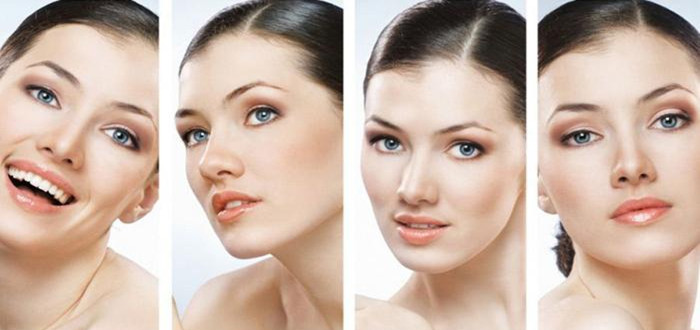Sodium Hyaluronate is well known as the best [Natural Moisturizing Factor". In the early 1980s, the excellent moisturizing function of Sodium Hyaluronate has been widely concerned by international cosmetics industry. With its unique film-forming and hydrating characteristics, Sodium Hyaluronate is used as a highly effective humectants in cosmetics. It attracts moisture to the skin and hold moisture in the skin, which preserve skin smoothness, suppleness and elasticity. 1 gram of HA is able to retain up to 1000 gram of water. So it is regarded as the [key to the fountain of youth".
The effects are as follows:
(1) Moisturizing effect
Moisturizing is the most important effect of Sodium Hyaluronate in cosmetics products. It can be hydrated shell
in skin surface and make the corneum hydration and softening. Compared with
other humectants, Sodium Hyaluronate is less effected by the environment as it
has the highest hygroscopic capacity in a relatively low humidity (e.g., in a
dry winter), but has the lowest hygroscopic capacity in a relatively high
humidity (e.g., in a damp summer). This unique property of Sodium Hyaluronate
makes the skin adapt to different seasons.
(2) Skin nutrition effect
Sodium Hyaluronate is the inherent biological materials of skin. The exogenous
Sodium Hyaluronate can complement the endogenous Sodium Hyaluronate. Low molecular Sodium Hyaluronate can
penetrate into dermis directly to improve the nutrient supply.
(3) Skin repair effect
There is some evidence that topically applied Sodium Hyaluronate can reduce
skin irritation
from various causes. During clinical trials it was also shown that this
ingredient is effective in promoting healing and fighting inflammatory
conditions of the skin. Sodium Hyaluronate serves as a free radical scavenger
and antioxidant, helping to protect the skin from the aging effects of
excessive sunlight exposure.
(4) Emollient and Film-forming
Sodium Hyaluronate is high polymer with high lubrication and film-forming.
Sodium Hyaluronate contained in cosmetics creates protective film on the
surface of skin, which retains moisture, and at the same time prevents moisture
in the skin from evaporation, so that improves freshness of the skin.
(5) Thickening
Sodium Hyaluronate solution have
high viscosity, and 1% solution is gelatinous. It can be added to cosmetics to
improve the thickening and stability.

Specification
|
Test Items |
Standard |
|
Appearance |
White powder |
|
Hyaluronic Acid |
≥95% |
|
Molecular weight |
800Kda-2000Kda |
|
PH |
6.5-8.0 |
|
Solution transmittance |
≥99.0% |
|
Loss on drying |
<10% |
|
Protein |
≤0.05% |
|
Dynamie viscosity |
Measuned value |
|
Heavy metal |
<20ppm |
|
Bacterial counts |
<100cfu/g |
|
Mold and Yeast |
<10cfu/g |
|
Staphylococcus aureus |
Can not be checkout |
|
Chlorop seu domonas |
Can not be checkout |
|
Shelf Life |
Two Years |
|
Conclusion |
The results meet the USP standard |
Cosmetic Grade Hyaluronic Acid Powder
Hyaluronic Acid For Skin,Hyaluronic Acid Cream,Pure Cosmetic Grade Hyaluronic Acid,Hyaluronic Acid Powder Cosmetic Grade
Qufu Hi-Tech Trading Co., Ltd. , http://www.chinahyaluronic-acid.com